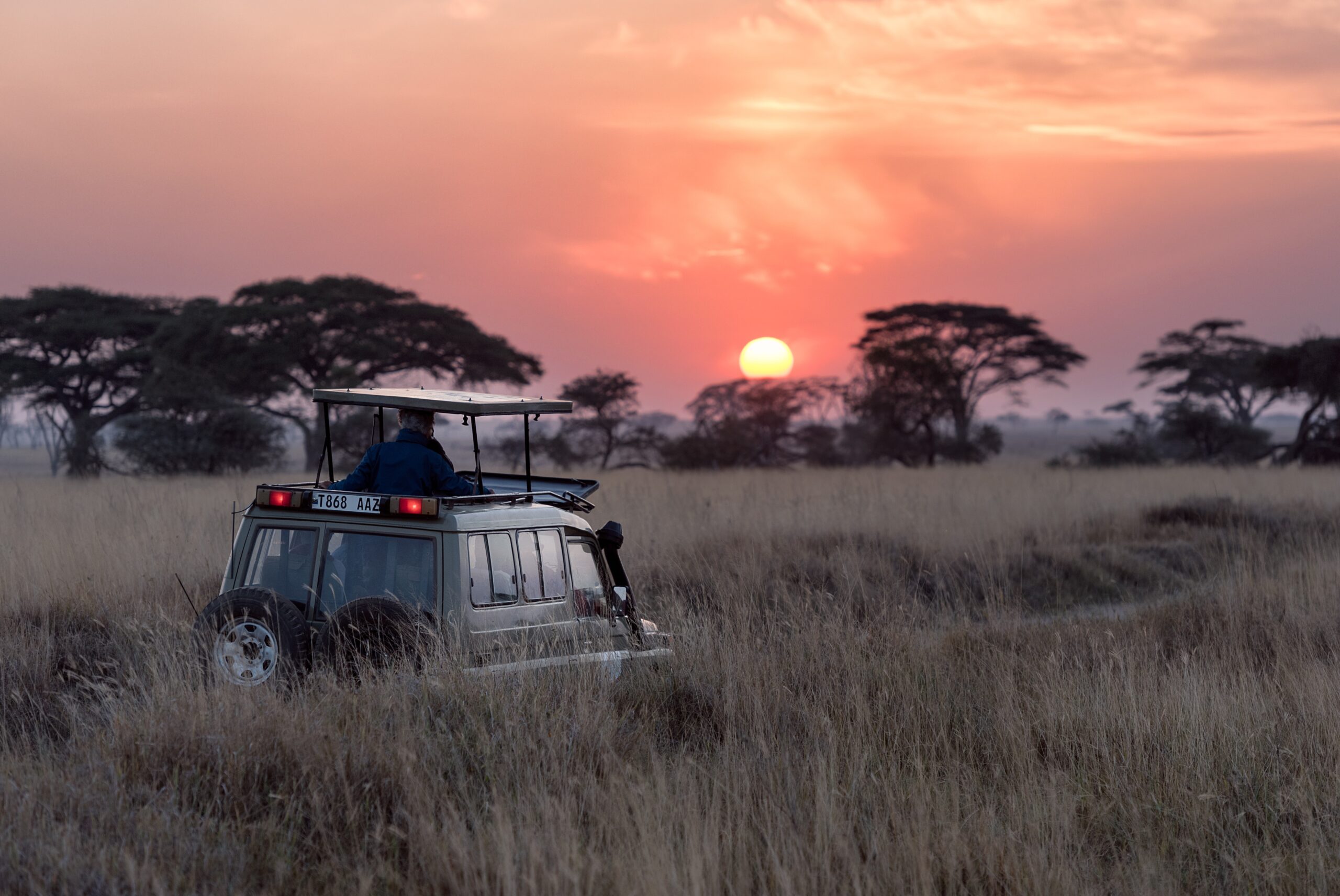When it comes to thrilling encounters with the untamed wilderness, few places on Earth rival the majestic landscapes and rich biodiversity of South Africa. This vibrant nation offers a safari experience, inviting adventure seekers and nature enthusiasts to journey through its awe-inspiring national parks. In this article, we’ll look closer at the magic of South African safaris, where the keyword encapsulates a world of wonder.
The Essence of a South African Safaris
A South African safari is an immersive exploration of the country’s diverse ecosystems, which include savannas, grasslands, deserts, and lush forests. Visitors can witness the “Big Five” in their natural habitat – lions, elephants, buffaloes, leopards, and rhinoceroses. But the wonders of a South African safaris extend far beyond these iconic species. The country is home to a kaleidoscope of wildlife, including cheetahs, zebras, giraffes, hippos, crocodiles, and various bird species.
Kruger National Park: The Crown Jewel
Discussion of South African safaris is complete with mentioning Kruger National Park. Established in 1898, Kruger is South Africa’s largest national park and one of the most renowned wildlife sanctuaries on the planet. Covering an area of nearly 7,523 square miles (19,485 square kilometers), Kruger offers an unparalleled safari experience.
Visitors can explore the park in various ways, from guided game drives in open vehicles to self-drive adventures. The diverse landscapes of Kruger, including savannas, woodlands, and rivers, provide an ideal habitat for an astonishing array of wildlife. Be prepared to be captivated by lion pride lounging in the sun, elephants lumbering gracefully, and leopards stealthily creeping through the bush.
Hluhluwe-iMfolozi Park: The Rhino Sanctuary
Hluhluwe-iMfolozi Park, situated in the province of KwaZulu-Natal, holds a special place in South Africa’s conservation history. Here, efforts to save the white rhinoceros from extinction began. Today, this park is a testament to successful conservation as it hosts a significant population of both white and black rhinos.
In addition to rhinos, Hluhluwe-iMfolozi Park offers sightings of lions, elephants, buffaloes, and various antelope species. The park’s diverse landscape includes rolling hills, rivers, and dense thickets, making it a fantastic destination for photographers and nature enthusiasts.
Addo Elephant National Park: A Haven for Giants
If you’re passionate about elephants, Addo Elephant National Park in the Eastern Cape is a must-visit destination. The park, which was created in the early 20th century to conserve the declining elephant population, is now home to around 600 elephants. These gentle giants roam freely in their natural habitat, offering visitors an up-close and personal encounter with these magnificent creatures.
Besides elephants, Addo is inhabited by lions, leopards, and Cape buffaloes, making it one of the few parks in South Africa where you can witness the Big Seven, including the great white shark and southern right whale along the coastline. A safari in Addo is about observing wildlife and appreciating the wild beauty of the Eastern Cape.
Pilanesberg Game Reserve: A Crater of Wildlife
Pilanesberg Game Reserve is a hidden gem known for its unique geology and diverse wildlife, located within an extinct volcanic crater in the North West Province. This relatively compact reserve is convenient for those looking to experience a safari near Johannesburg or Pretoria.
Pilanesberg is home to the Big Five, and rolling hills, rocky outcrops, and winding rivers characterize its landscape. Visitors can enjoy guided game drives, hot air balloon safaris, and even night drives to witness the nocturnal creatures that come to life under the African moon.
South African Safaris Tips
Before embarking on a South African safaris, here are some essential tips to ensure a memorable and safe experience:
- Choose the Right Season: The best time for a safari in South Africa is during the dry winter months from May to September when vegetation is sparse, making wildlife easier to spot.
- Malaria Precautions: Depending on the region you visit, malaria can be a concern. Consult a healthcare professional for guidance on malaria prevention.
- Pack Appropriately: Bring comfortable and neutral-colored clothing suitable for varying temperatures. Remember sunscreen, insect repellent, a hat, and binoculars.
- Respect Wildlife: Keep a safe distance from animals, and never attempt to feed or approach them. Follow your guide’s instructions at all times.
- Support Conservation: Choose safari operators and lodges committed to responsible and sustainable tourism, contributing to the protection of South Africa’s natural treasures.
Conclusion:
A South African safari is a journey into the heart of the wild, where every sunrise brings discoveries and every sunset paints the sky with hues of orange and purple. It’s an adventure that connects you with the rhythms of nature and leaves an indelible mark on your soul. So, when you think of exploring the wild, think of South Africa, where the keyword unlocks a world of awe-inspiring wonders and unforgettable moments in the untamed African wilderness.



